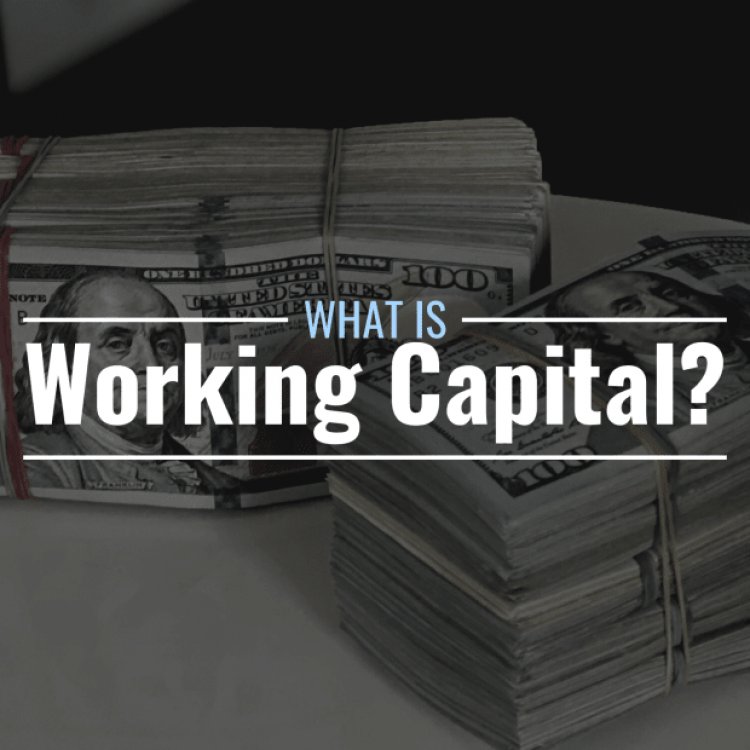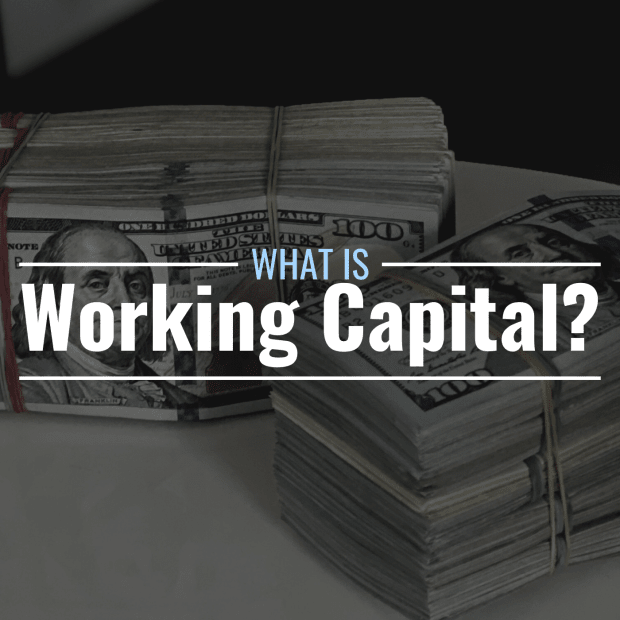What Is Working Capital? Definition, Formula & Importance
What Is Working Capital in Corporate Finance?Working capital refers to the amount of money a business has to finance its operations in the short term. In more specific terms, it is the difference between a company’s short-term assets and its short-term liabilities. The metric takes into ...


What Is Working Capital in Corporate Finance?
Working capital refers to the amount of money a business has to finance its operations in the short term. In more specific terms, it is the difference between a company’s short-term assets and its short-term liabilities.
The metric takes into account the easily accessible assets a company could quickly convert into cash as well as how much money it owes to creditors in the short term. When a business has more than enough liquid assets to cover its short-term obligations, that means it has money left over to use for other purposes.
How Do You Calculate a Company’s Working Capital?
To calculate a company’s working capital, simply subtract its current liabilities from its current assets. A positive result indicates that a company has more than enough money to cover its short-term obligations, while a negative result suggests a company may be short on cash and unable to pay its debts, at least in the short term.
Working Capital Formula
Working Capital = Current Assets – Current Liabilities
Which Assets Are Included in Working Capital?
Different companies may calculate working capital in different ways, but generally, any asset that is expected to become cash within the next 12 months is considered a “current asset” and is used in the calculation:
- Cash and cash equivalents
- Accounts receivable
- Inventory
- Prepaid expenses
- Miscellaneous short-term assets
Which Liabilities Are Included in Working Capital?
Similarly, “current liabilities” typically include any bills or debts coming due within the next 12 months:
- Wages and salaries payable
- Accounts payable
- Taxes payable
- Portion of long-term debt due within one year
- Unearned revenue
Why Is Working Capital Important?
Working capital norms vary quite a bit between industries, as different types of companies have different production timelines. That being said, working capital is an important gauge of any company’s financial security, as it theoretically represents the amount of money a company has to invest in growth in the short term after accounting for its financial obligations.
What Does Positive Working Capital Mean?
If a company has positive working capital, that means it has more than enough money (short-term-asset wise) to cover all of its obligations for the next 12 months. The higher the number, the more money the company has to invest in itself after its bills are accounted for.
What Does Negative Working Capital Mean?
A negative working capital figure indicates that a company’s short-term assets are not sufficient to cover its upcoming debt payments. In some cases, this can be an early sign of insolvency. In other cases, however, a company may simply need to secure additional financing to cover its short-term obligations until it can become more profitable.
Working Capital Example
Let’s say that a fictional company called Acme Adhesives has $3 million in current assets and $2.5 million in current liabilities.
Working Capital = Current Assets – Current Liabilities
Working Capital = $3 million – $2.5 million
Working Capital = $500,000
Acme adhesives’ working capital is around $500,000. Were the company to liquidate its assets, it could pay off all of its short-term liabilities and still have $500,000 remaining to invest in its operations.
Frequently Asked Questions (FAQ)
Below are answers to some of the most common questions investors have about working capital.
What Is a Working Capital Turnover Ratio?
A working capital turnover ratio is a metric used to evaluate how well a company uses its working capital to generate sales. In other words, it is a measure of how effectively a company uses its money to make more money once its financial obligations have been accounted for.
To calculate the ratio, divide a company’s net sales by its average working capital.
What Are Working Capital Loans?
A working capital loan is a loan taken out by a business specifically to pay for its day-to-day needs. Loans of this sort are not used to purchase plants, equipment, or other long-term assets. Companies with low or negative working capital may need to take out these sorts of loans.
Can Working Capital Be Too High?
An unusually high working capital figure could indicate that a company isn’t using its short-term assets as efficiently as it could be. While having some cash on hand is a good thing for most businesses, too much cash sitting idle can mean not enough investment in growth.
What's Your Reaction?

























































